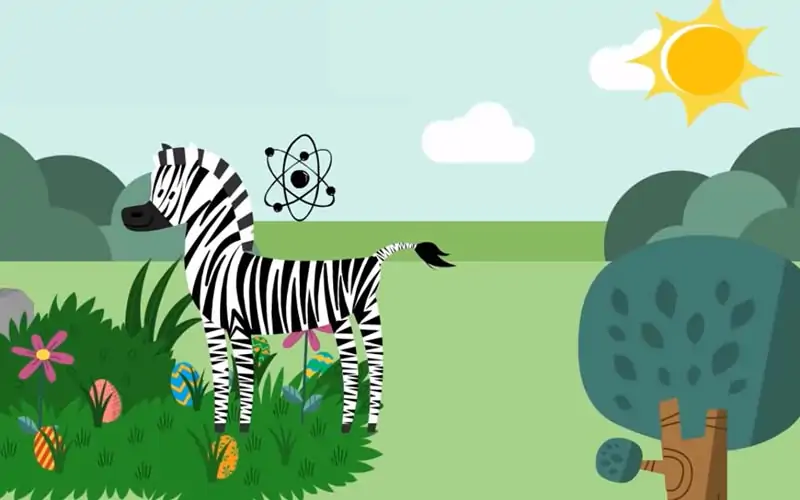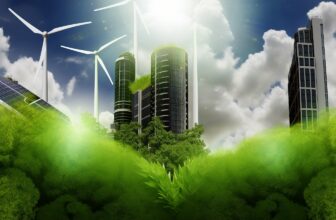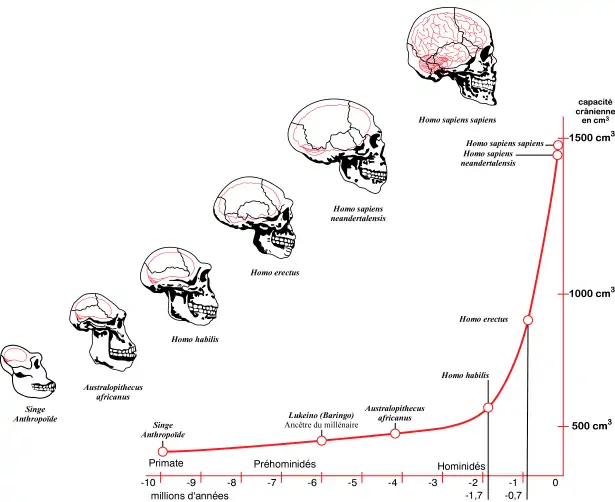Energy Flow Process in the Ecosystem.

Environments keep up themselves by cycling energy and nutrients got from outer sources. At the main trophic level, essential makers (plants, green growth, and a few microorganisms) utilize sun energy to produce organic plant material through photosynthesis. Herbivores-animals that feed exclusively on plants-make up the second trophic level.
Predators that eat herbivores contain the third trophic level if larger predators are available, they represent to higher trophic levels.
Living beings that bolster at a several trophic levels (for instance, mountain bears that eat berries and salmon) are ordered at the most elevated of the trophic levels at which they sustain.
Also read | Genetic Diversity for the future Survival of Human.
De-composers, which include bacteria, fungi, molds, worms, and insects, break down wastes and dead life forms and return nutrients to the dirt.
On average about 10 per cent of net energy production at one trophic level is passed on to the next level.
Processes that reduce the energy transferred between trophic levels include respiration, growth and reproduction, defecation, and non-predatory death (organisms that die but are not eaten by consumers).
The nutritional quality of material that is consumed also influences how efficiently energy is transferred, because consumers can convert high-quality food sources into new living tissue more efficiently than low-quality food sources.
Also read | Major Threats of Wildlife.
The low rate of energy transfer between trophic levels makes decomposers generally more important than producers in terms of energy flow.
De-composers process large amounts of organic material and return nutrients to the-ecosystem in inorganic forms, which are then taken up again by primary producers.
Energy is not recycled during decomposition, but rather is released, mostly as heat (this is what makes compost piles and fresh garden mulch warm). Figure below shows the flow of energy (dark arrows) and nutrients (light arrows) through ecosystems.
Also read | Distribution of Age-Sex.
An ecosystem’s gross primary productivity (GPP) is the total amount of organic matter that it produces through photosynthesis. Net primary productivity (NPP) describes the amount of energy that remains available for plant growth after subtracting the fraction that plants use for respiration.
Productivity in land ecosystems generally rises with temperature up to about 30°C, after which it declines, and is positively correlated with moisture.
On land primary productivity thus is highest in warm, wet zones in the tropics where tropical forest biomes are located. In contrast, desert scrub ecosystems have the lowest productivity because their climates are extremely hot and dry.




